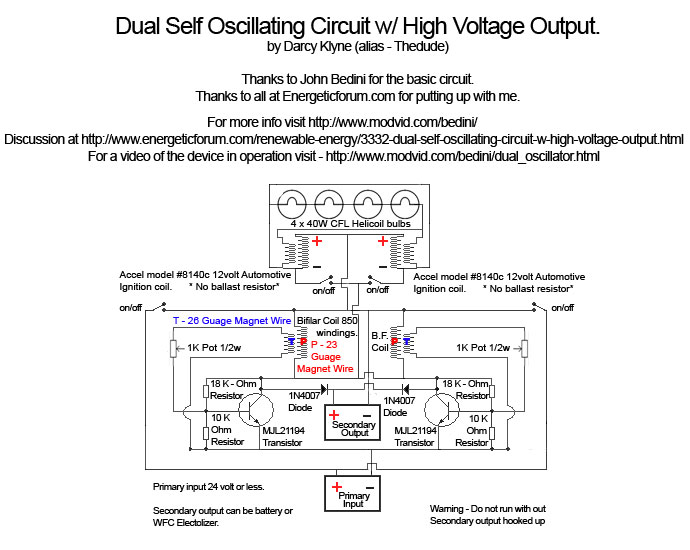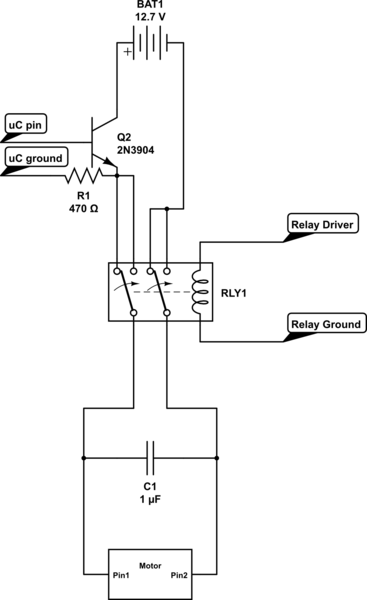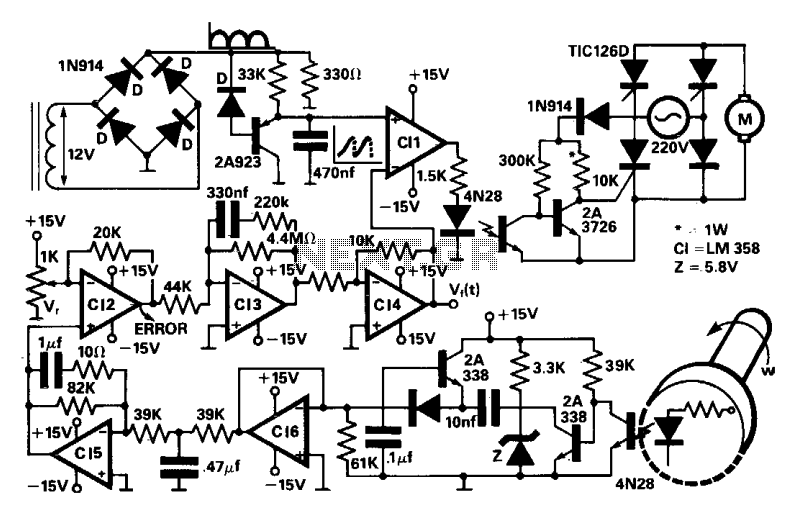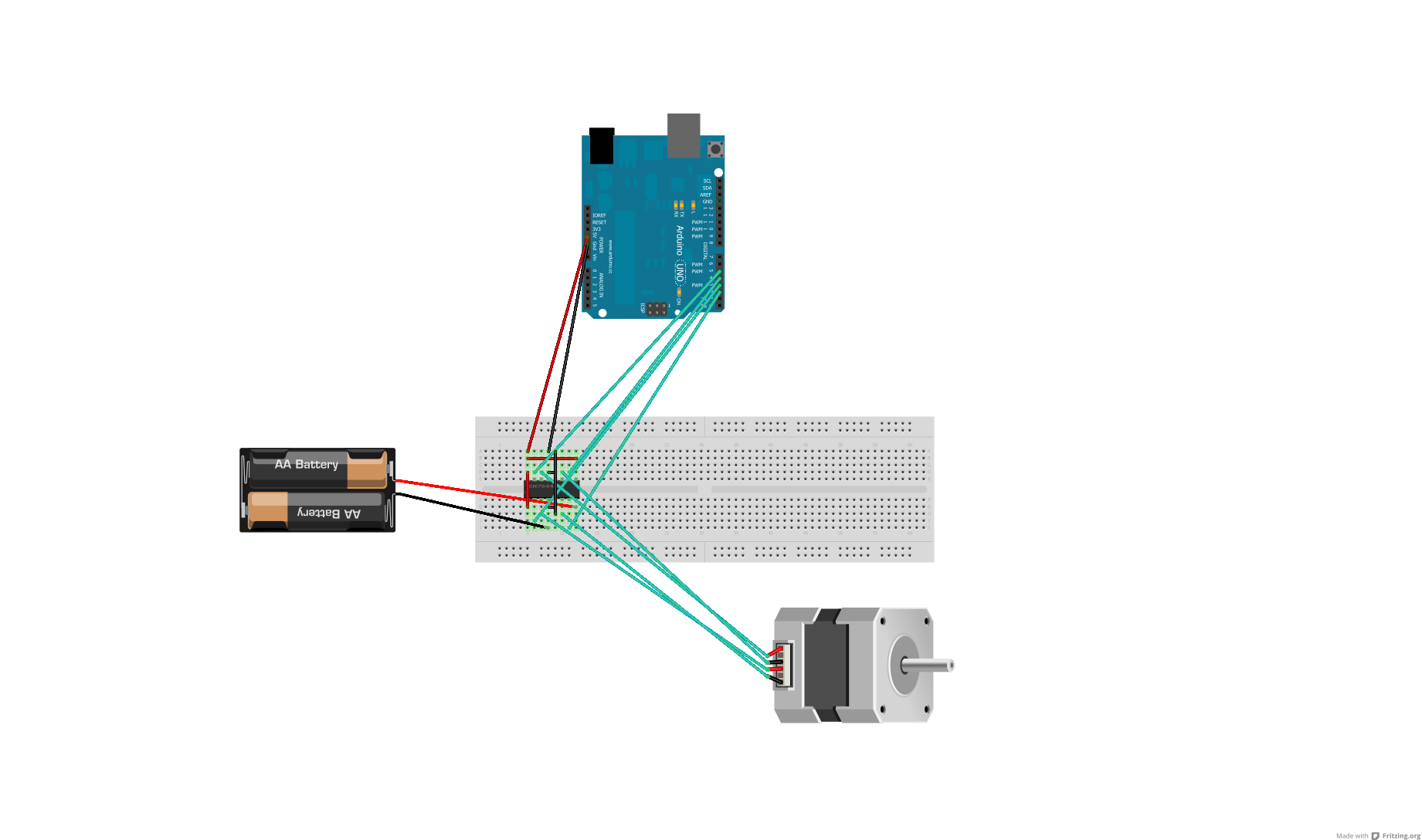
Bedini Motors
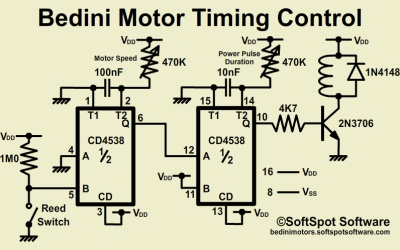
It is important to note that the Bedini Trifilar SG or SSG are not over-unity (OU) systems. They function as one-to-one energy shuttle systems, utilizing one charged input battery to recharge four or more output batteries. When configured correctly, one pays for one battery and receives the input back along with three or more additional charges at no extra cost. The energizers do not exhibit over-unity behavior. The apparent increase in battery energy capacity manifests in longer battery life and reduced charging times, ultimately allowing for multiple charges for the price of one. Understanding this concept is crucial for anyone undertaking this project, as the misconception that the energizer is an over-unity device has led to misunderstandings in the past. John B. designed the Trifilar SG along with the Capacitor Pulser and SSG variants as proof of concept to demonstrate his method of capturing radiant energy. This method highlights the significance of high-potential, nearly currentless pulses produced by various energizer configurations, which affect the behavior of the charged batteries. This process is known as conditioning. Once conditioned, batteries exhibit longer lifespans and shorter charging times. Additionally, they are less prone to sulfate buildup, a common issue with standard DC charged batteries, and do not experience water depletion due to evaporation from heat generated during conventional charging processes. Therefore, it is reiterated that the Bedini Motor is not an over-unity device; it primarily serves as a mechanical lead-acid battery desulfator. It does not contravene any physical laws, although it may challenge common sense and could adversely affect financial resources.
The Bedini Trifilar SG and SSG systems are designed to optimize the charging and longevity of lead-acid batteries through innovative energy management techniques. The core principle involves the use of a single input battery, which acts as the energy source, while multiple output batteries are charged simultaneously. This configuration leverages the unique properties of radiant energy and the specific pulse characteristics generated by the energizers.
In practical applications, the Bedini system employs a trifilar coil arrangement, which enhances the efficiency of energy transfer. The coils are wound in such a way that they produce a magnetic field capable of inducing high-voltage pulses. These pulses are critical in the conditioning process of lead-acid batteries, allowing them to recover from sulfation and improving their overall performance.
The conditioning process is essential for the longevity of the batteries. By applying the high-potential pulses, the internal chemistry of the lead-acid batteries is altered, leading to a reduction in sulfation—a common problem that diminishes battery capacity and lifespan. This method not only helps in maintaining the health of the batteries but also ensures that they can be charged more quickly and retain their charge for longer periods.
Furthermore, the Bedini system minimizes the typical issues associated with conventional charging methods, such as overheating and water evaporation. This is achieved through the unique pulse characteristics that do not generate excessive heat, thereby preserving the electrolyte levels in the batteries.
In summary, the Bedini Trifilar SG and SSG systems represent a significant advancement in battery management technology, focusing on energy efficiency and battery longevity without claiming to operate as over-unity devices. The design and operational principles are rooted in established physical laws, ensuring that users can benefit from enhanced battery performance while maintaining a clear understanding of the system's capabilities and limitations.It must be emphasized that the Bedini Trifilar SG or SSG are not over ‘unity (OU) systems. They are only one-to-one energy shuttle systems. They use one charged input battery to charge 4 or more output batteries. When set up properly, one pays for 1 and one gets the input back and three or more others for free. The energizers are never going to s how OU themselves. ! The OU shows up in the batteries energy capacity. They last longer and take less time to charge - until they get to the point of getting 4 or more charges for the price of one! The sooner EVERYONE understands that, the better. This important fact needs to be understood by anyone embarking on this project. The expectation that it (the energizer) is an over-unity device has led to some misunderstandings previously.
John B. designed the Trifilar SG with the Capacitor Pulser and SSG variants as proof of concept` to demonstrate and prove his method of capturing radiant energy and get the world to understand that it is the high potential, almost currentless pulses that the different variations of energizer put out, that causes what happens within the charged batteries. The process that occurs in these batteries is referred to as conditioning. Once conditioned, the batteries last longer and take less time to charge, etc. Other benefits are that they will not wear out by sulfate buildup that usually occurs with standard DC charged batteries.
They do not suffer from the depletion of water by evaporation from heat, generated by the charging process the way conventionally charged batteries do. So again we reiterate that the Bedini Motor is not an over-unity device - it is in fact a mechanical lead-acid battery desulphator !
It does not violate any laws of physics - in our opinion it does violate several other laws including commonsense and it can seriously damage your bank balance ! (Ref. : Desulphators ) 🔗 External reference
The Bedini Trifilar SG and SSG systems are designed to optimize the charging and longevity of lead-acid batteries through innovative energy management techniques. The core principle involves the use of a single input battery, which acts as the energy source, while multiple output batteries are charged simultaneously. This configuration leverages the unique properties of radiant energy and the specific pulse characteristics generated by the energizers.
In practical applications, the Bedini system employs a trifilar coil arrangement, which enhances the efficiency of energy transfer. The coils are wound in such a way that they produce a magnetic field capable of inducing high-voltage pulses. These pulses are critical in the conditioning process of lead-acid batteries, allowing them to recover from sulfation and improving their overall performance.
The conditioning process is essential for the longevity of the batteries. By applying the high-potential pulses, the internal chemistry of the lead-acid batteries is altered, leading to a reduction in sulfation—a common problem that diminishes battery capacity and lifespan. This method not only helps in maintaining the health of the batteries but also ensures that they can be charged more quickly and retain their charge for longer periods.
Furthermore, the Bedini system minimizes the typical issues associated with conventional charging methods, such as overheating and water evaporation. This is achieved through the unique pulse characteristics that do not generate excessive heat, thereby preserving the electrolyte levels in the batteries.
In summary, the Bedini Trifilar SG and SSG systems represent a significant advancement in battery management technology, focusing on energy efficiency and battery longevity without claiming to operate as over-unity devices. The design and operational principles are rooted in established physical laws, ensuring that users can benefit from enhanced battery performance while maintaining a clear understanding of the system's capabilities and limitations.It must be emphasized that the Bedini Trifilar SG or SSG are not over ‘unity (OU) systems. They are only one-to-one energy shuttle systems. They use one charged input battery to charge 4 or more output batteries. When set up properly, one pays for 1 and one gets the input back and three or more others for free. The energizers are never going to s how OU themselves. ! The OU shows up in the batteries energy capacity. They last longer and take less time to charge - until they get to the point of getting 4 or more charges for the price of one! The sooner EVERYONE understands that, the better. This important fact needs to be understood by anyone embarking on this project. The expectation that it (the energizer) is an over-unity device has led to some misunderstandings previously.
John B. designed the Trifilar SG with the Capacitor Pulser and SSG variants as proof of concept` to demonstrate and prove his method of capturing radiant energy and get the world to understand that it is the high potential, almost currentless pulses that the different variations of energizer put out, that causes what happens within the charged batteries. The process that occurs in these batteries is referred to as conditioning. Once conditioned, the batteries last longer and take less time to charge, etc. Other benefits are that they will not wear out by sulfate buildup that usually occurs with standard DC charged batteries.
They do not suffer from the depletion of water by evaporation from heat, generated by the charging process the way conventionally charged batteries do. So again we reiterate that the Bedini Motor is not an over-unity device - it is in fact a mechanical lead-acid battery desulphator !
It does not violate any laws of physics - in our opinion it does violate several other laws including commonsense and it can seriously damage your bank balance ! (Ref. : Desulphators ) 🔗 External reference
